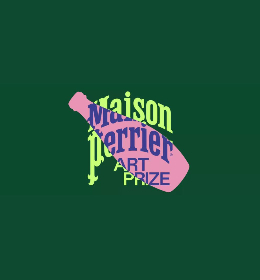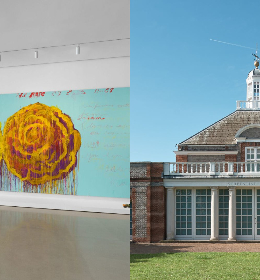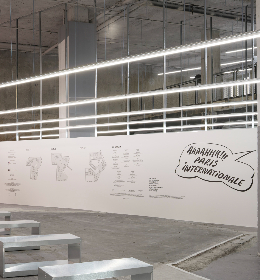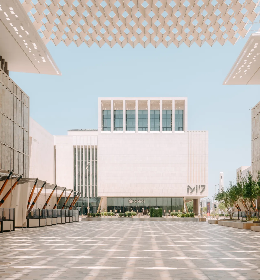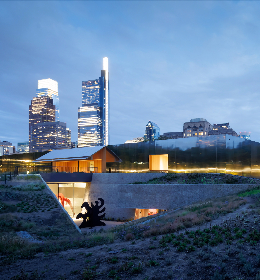This year in Venice, video is everywhere. Often immersive, it arrests, interrogates and questions the conscience.
In the Giardini, within the Brazilian and Swiss pavilions, video gives voice to the bodies of dancers, often against a background of "socio-political" matters. With Bárbara Wagner and Benjamin de Burca on one side, Pauline Boudry and Renate Lorenz on the other, both immerse the viewer in their worlds. The former, with their work Swinguerra, explores a community of dancers, many of which are black or transgender, living in the working-class neighborhoods of Recife. Whilst their research begun as early as 2015, the current political situation has put minorities in an even greater position of precarity. In the Swiss pavilion, the duo is "exploring today's reactionary resistance" in Moving Backwards.

Still of Swinguerra, 2019 — Photo: Riccardo Tosetto. Courtesy of Fundação Bienal de São Paulo.
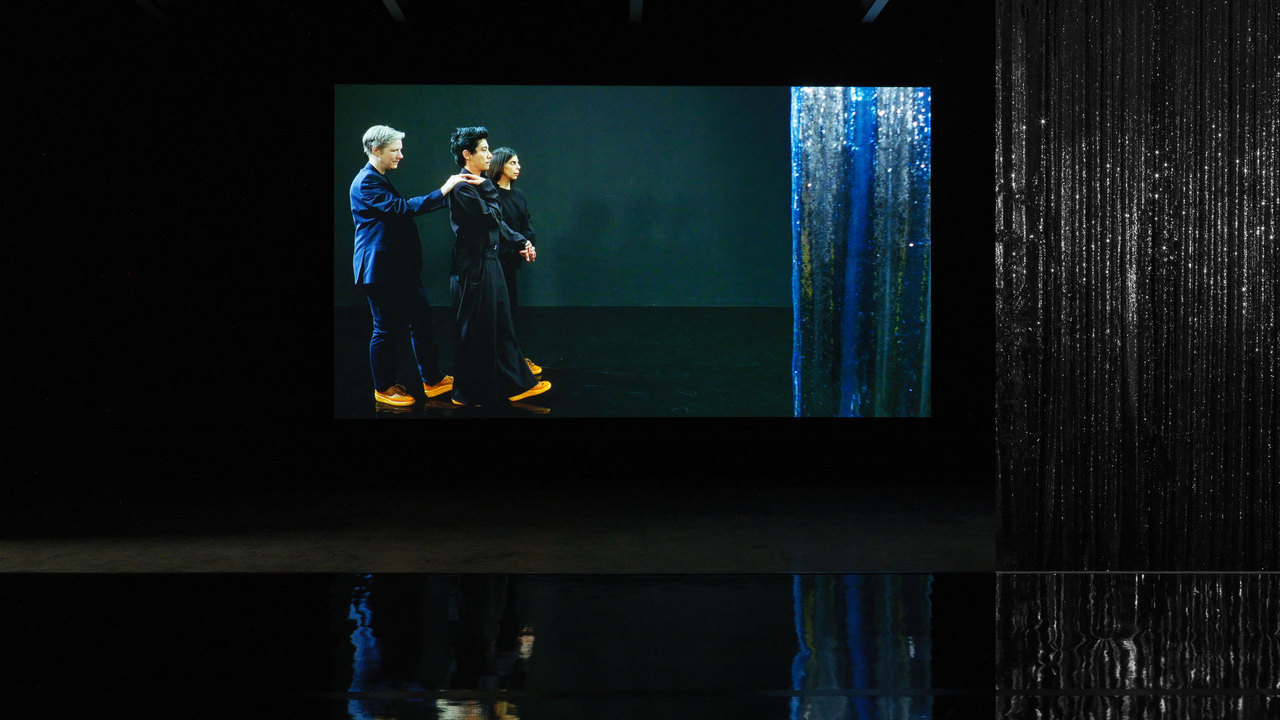
Moving Backwards by Pauline Boudry/Renate Lorenz, curated by Charlotte Laubard
Other artists present gambled on riskier, but more ambitious, projects which could be categorised into two forms: travel and stories. For a first-time participant, Ghana was particularly impressive. In the pavilion (one of the favourites for the Golden Lion), alongside the sublime portraits by Lynette Yiadom-Boakye there is also a memorably striking video. John Akomfrah offers across three screens Four Nocturnes, tackling "the complex intertwined relationship between humanity’s destruction of the natural world and our destruction of ourselves". Extremely convincing, powerful images of a remarkable production quality make it impossible for its viewers to remain indifferent.
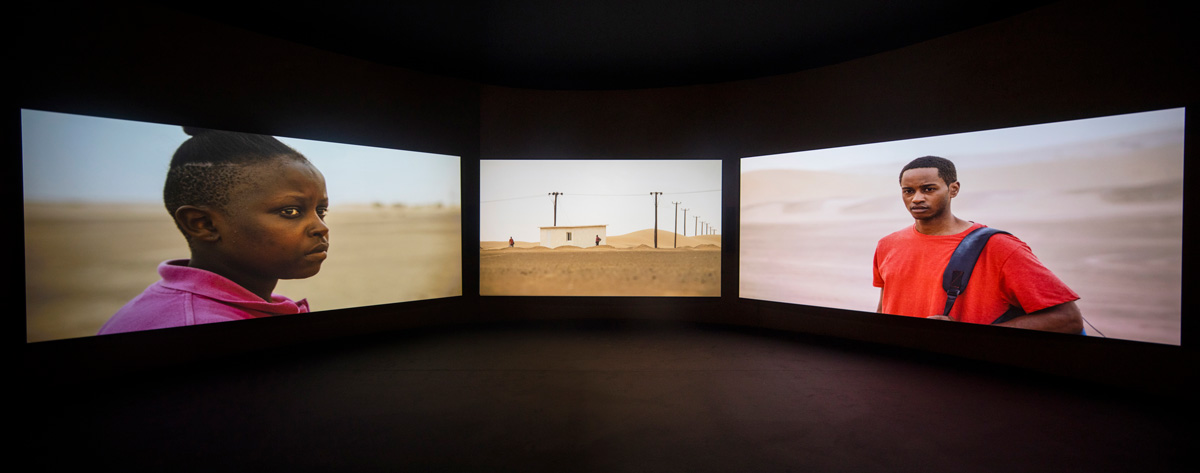
Four Nocturnes (2019), John Akomfrah
As for the tales on offer, one must mention the Greek and Danish pavilions, whose projects were particularly attention-grabbing. In the latter, artist Larissa Sansour (born in Jerusalem but now based in London) brings video and sculpture together with Heirloom, leading the public into a dark, disturbing universe.
In the Greek pavilion, Eva Stefani's installation Anaglyphs is composed of three videos. In "Only Men", she documents the everyday life of several middle-aged men, whilst "Window" shows a woman sitting in a room, referencing the significance of silence and non-action as unrecorded history.

Eva Stefani, Anaglyphs, 2019, installation view, photo: Ugo Carmeni
But, until 11am on Saturday when the winner of the Golden Lion was announced, it was the French pavilion which had been pulling in the longest waiting lines. Laure Prouvost's video installation has clearly proved successful and highly popular. Between Utopianism and Surrealism, Deep Blue Sea Surrounding You / Vois ce bleu profond te fondre invites viewers on an immersive voyage towards an ideal elsewhere.

Laure Prouvost, « Deep See Blue Surrounding You / Vois Ce Bleu Profond Te Fondre », Photo: Giacomo Cosua
The Lithuanian pavilion, its location set back, missed out on many visitors during this professional week. However, the echoes emanating from the pavilion were unanimously full of praise. The jury's decision, then, to award it the the Golden Lion came as no surprise. Sun & Sea (Marina), directed by theatre director Rugilė Barzdžiukaitė, playwright Vaiva Grainytė, and composer Lina Lapelytė, offers an opera written and performed to perfection, tackling the risks of inaction in the face of climate change. The success of the performance confirms that this practice has reached new heights. Following Anne Imhof for the German pavilion in 2017, performance is victorious once again. A special mention was given to the Belgian pavilion's exhibition of Jos de Gruyter & Harald Thys' Mondo Cane, which the jury appreciated for its "implacable humour".
As for the general exhibition curated by Ralph Rugoff, it simply features current contemporary production. With the presence of star artists such as Njideka Alumni Crosby, Arthur Jafa (awarded the Golden Lion for best artist ), Apichatpong Weerasethakul, Lara Favaretto, Jill Mulleady and Nicole Eisenman, and a slightly overwhelming dominance of American artists, a more imaginative scenography and more audacious choices wouldn't have gone amiss.
In a time when the terrible political handling of migration - particularly across the Mediterranean Sea - sits at the heart of the debate, it seems necessary to nod to Marco Godinho's delicate and poetic work, Written by Walter, shown at the Luxembourg Pavilion, which, in our opinion, is more subtle and sensitive than Christoph Büchel's. The transportation to the Arsenale quays of of a ship that sank in 2015, killing hundreds of migrants, could be considered tasteless.
Among the numerous parallel exhibitions offered in the Venitian palaces, that which brings together the Future Generation Prize finalists, organised by the Pinchuk Art Center in Kiev, is fascinating, as always. Apart from the (Lithuanian) prize winner, Emilija Škarnulytė, we should mention Madison Bycroft's performance, Gabrielle Goliath's videos and of course Toyin Ojih Odutola's sublime paintings.
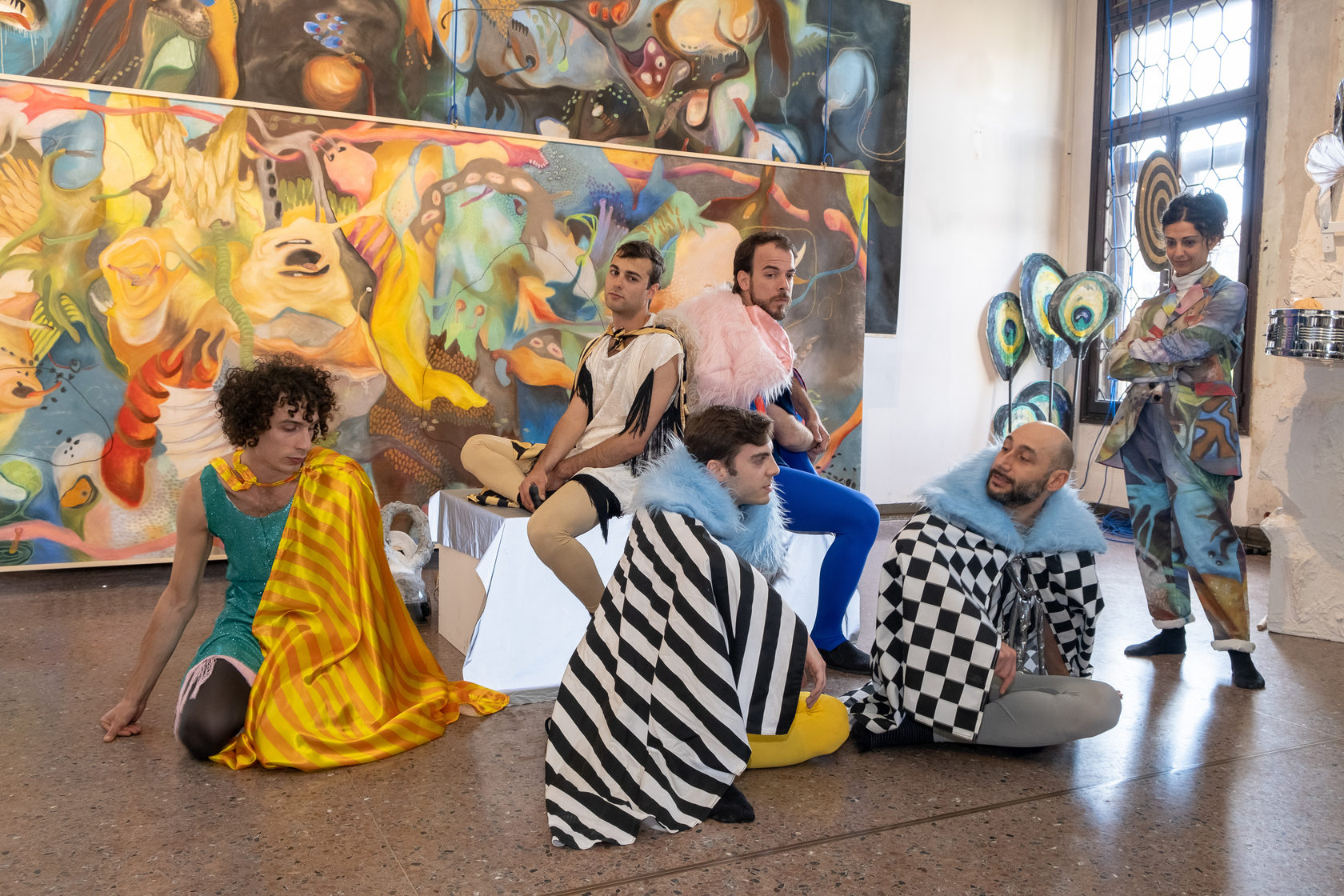
Seven Against, Madison Bycroft — PinchukArtCentre

Toyin Ojih Odutola, The Firm (2017-2018)
NB: Regarding the best tote-bag, as a central issue in Venice, my vote goes to Madagascar, whose sentimentals bags by Joël Andrianomearisoa diffused throughout the city its dark and poetic installation, J'ai oublié la nuit.

* We are obliged by our characteristic honesty to point out that five days are not enough to pay equal attention to all the works exhibited at the Biennale.





